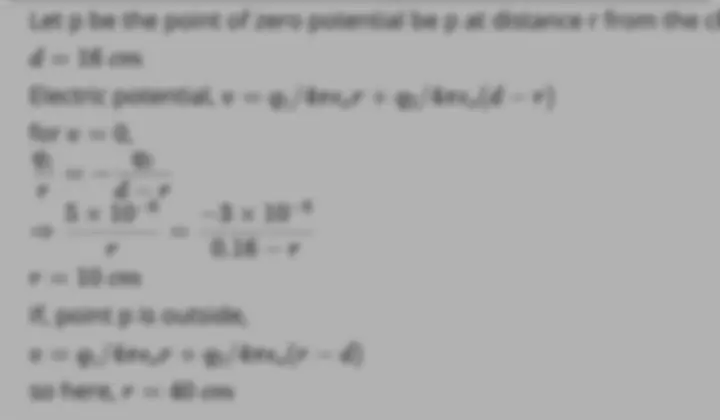Question
Find the area bounded by the curves
Found 6 tutors discussing this question
Discuss this question LIVE
11 mins ago
Filo tutor solution
Learn from their 1-to-1 discussion with Filo tutors.

Generate FREE solution for this question from our expert tutors in next 60 seconds
Don't let anything interrupt your homework or exam prep with world’s only instant-tutoring, available 24x7

One destination to cover all your homework and assignment needs
Learn Practice Revision Succeed

Instant 1:1 help, 24x7
60, 000+ Expert tutors

Textbook solutions
Big idea maths, McGraw-Hill Education etc

Essay review
Get expert feedback on your essay

Schedule classes
High dosage tutoring from Dedicated 3 experts
Practice questions from similar books
Question 3
Computing area with parametrically represented boundaries : If the boundary of a figure is represented by parametric equation, i.e., then the area of the figure is evaluated by one of the three formulas : Where are the values of the parameter t corresponding respectively to the beginning and the end of the traversal of the curve corresponding to increasing t.
The area of the region bounded by an are of the cycloid and the x-axis is


Stuck on the question or explanation?
Connect with our maths tutors online and get step by step solution of this question.
231 students are taking LIVE classes
| Question Text | Find the area bounded by the curves |



